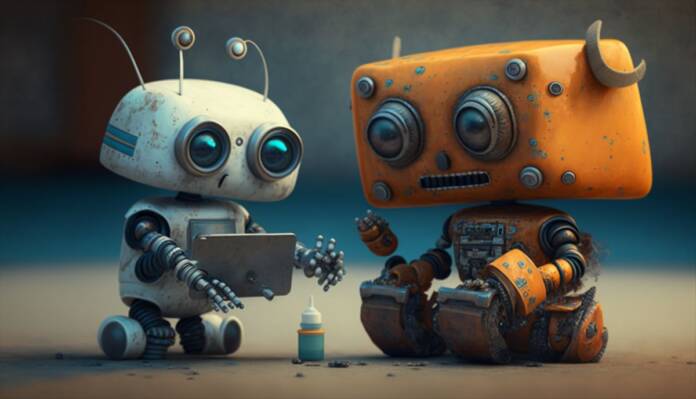Artificial intelligence (AI) has experienced a great advance in recent years, thanks to the evolution of AI models, especially in the field of natural language processing. However, this evolution has been based on the use of increasingly larger models, which have required a large amount of hardware and software resources for their training and operation. This has led to increased costs and decreased benefits, leading to a shift in the direction of AI towards improving model efficiency and developing new algorithmic techniques.
The end of the era of giant models
According to Sam Altman, CEO of OpenAI, the era of giant AI models is coming to an end. Altman suggests that progress in the field of AI will not continue by creating ever larger models. According to a Wired report, Altman said, “I think we’re at the end of the era where it’s going to be these giant, giant models. We will improve them in other ways.”
The main reason for this change in direction is the high cost of training and operating AI models. Creating ever larger models has required a large amount of hardware and software resources, which has increased costs significantly. For example, ChatGPT required more than 10,000 GPUs to train, and it continues to require more resources for its continued operation.
Improvements to other aspects of the AI
The future direction of AI will be focused on improving the efficiency of models and developing new algorithmic techniques. Improvements in model architecture and data efficiency can lead to more resource-efficient and accurate models. In addition, new algorithmic techniques, such as reinforcement learning and transfer learning, are being developed that can improve the efficiency of models and reduce the need for large amounts of data.
The importance of GPUs
The use of GPUs (graphics processing units) has been fundamental in the development of AI models. However, access to GPUs is becoming more expensive and difficult to come by, which has created a problem for many companies that do not have the resources to access them. Even for cloud providers, such as Microsoft, Google, and Amazon, it may be necessary to reserve access to GPUs months in advance. Elon Musk, for example, just bought 10,000 GPUs to develop his new AI company X.AI, reflecting the importance and cost of access to GPUs.
The importance of innovation
The end of the era of giant AI models marks a new direction for AI, where innovation will be critical to success. Improving model efficiency and data efficiency, as well as developing new algorithmic techniques, will require a large amount of research and development. On the other hand, competition in the AI market will become increasingly fierce, requiring constant innovation and improvement to stay ahead.
Innovation will not only focus on the AI itself, but also on the processes and strategies for the development of AI models. Businesses will need to find more efficient and cost-effective ways to access the hardware and software resources needed to train and operate AI models, and collaboration and knowledge sharing between businesses and AI experts will be crucial to advancing AI. field.














